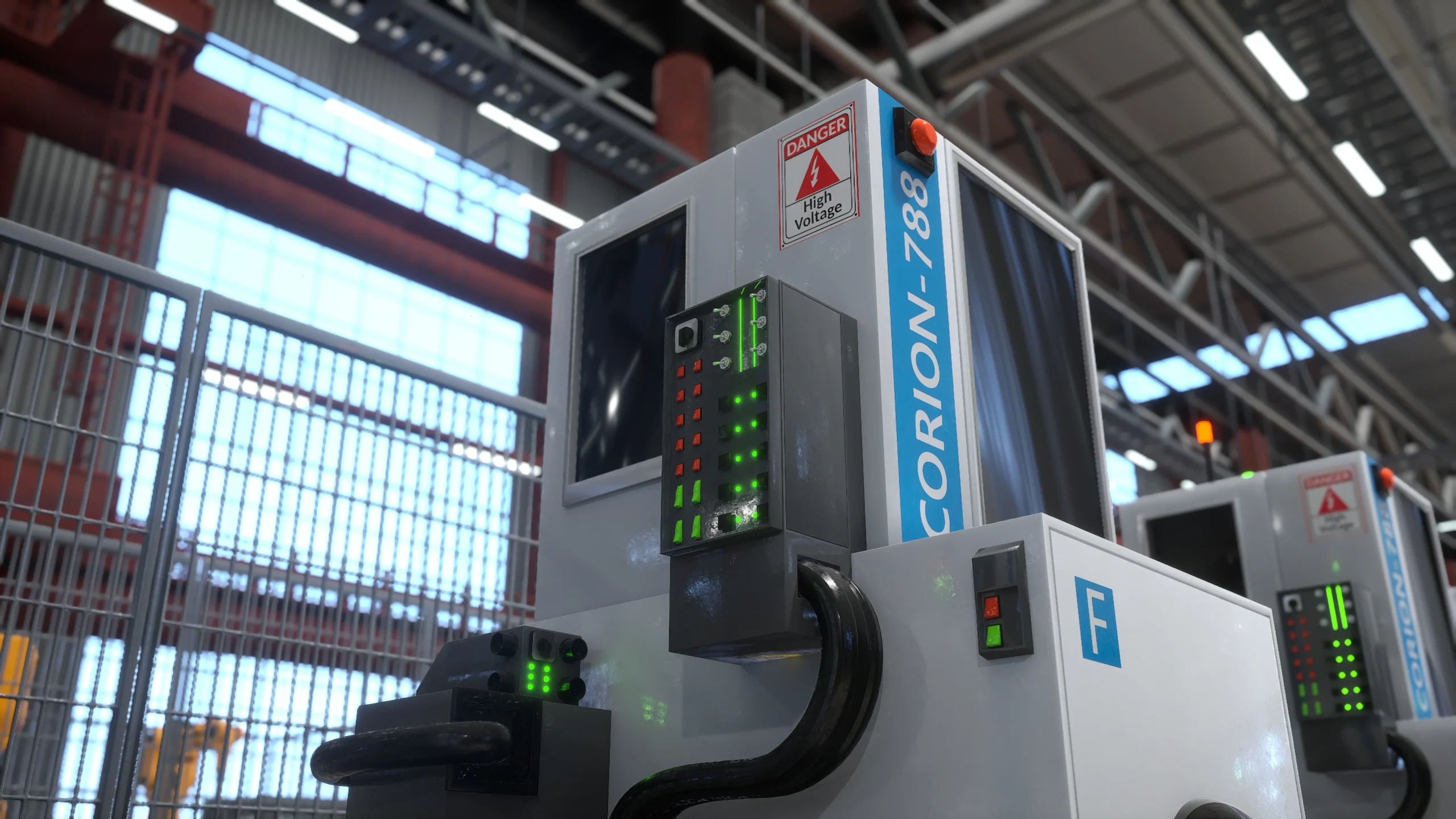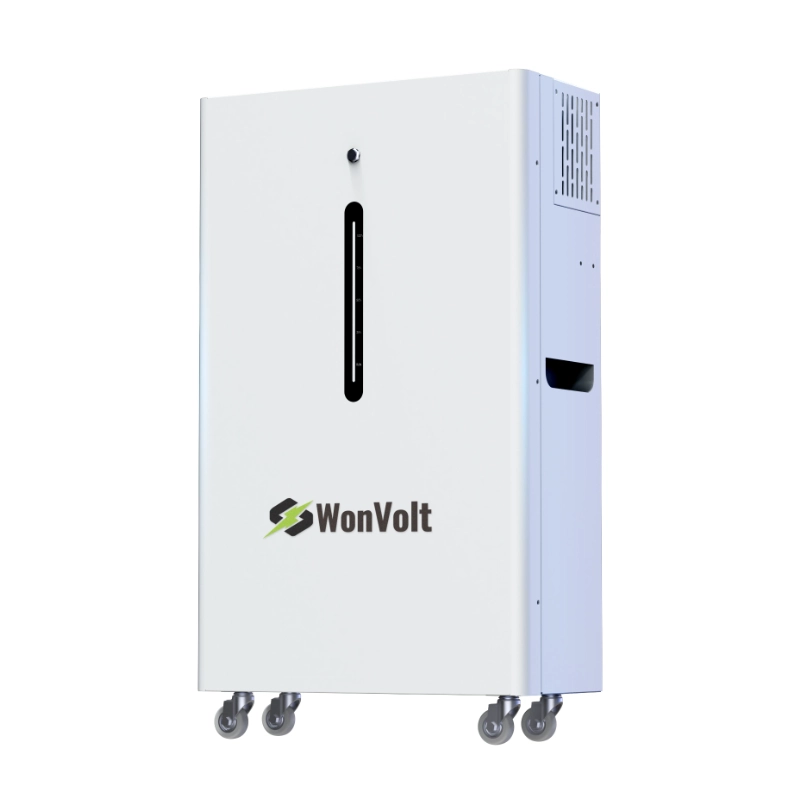The world is moving toward clean energy. This shift makes large-scale energy storage vital for keeping power grids steady. Renewable sources like solar and wind don’t always produce electricity when needed. Weather changes or time of day can affect them. Big storage systems help solve this by saving energy for later use.

What is Utility-Scale Energy Storage and Why Does it Matter?
Utility-scale energy storage means big systems that save energy for future use. They are usually tied to the power grid. These setups keep electricity flowing smoothly, especially as clean energy sources like solar and wind grow more common. They store extra energy when people use less power. Then, they release it when people need more. This keeps the power supply steady. Also, these systems cut down harmful gases by making better use of renewable energy.
What Are the Key Technologies in Utility-Scale Energy Storage Systems?
Battery Energy Storage Systems (BESS)
Battery Energy Storage Systems (BESS) are very handy for big projects. They use strong batteries, like lithium-ion, to hold electricity well. For example, the Containerized BESS ZeusVolt 2.0 offers capacities from 420kWh to 3.4MWh. It works great for medium-to-large places, like factories or mining sites. These systems have safety tools, monitoring gadgets, and cooling setups to run smoothly.
Pumped Hydro Storage
Pumped hydro storage is an old but trusted way to save energy. It pumps water to a high place when power demand is low. Later, the water flows down through turbines to make electricity when demand is high. It works well but needs special land features, like hills or mountains. So, it’s not used everywhere.
Thermal and Mechanical Storage Options
Thermal storage keeps heat energy for later use. It’s often used in factories or for heating. Mechanical options, like flywheels, save energy by spinning a rotor very fast. Both have special benefits, but they’re less flexible than battery systems.

How Do Energy Storage Systems Address Grid Stability Challenges?
The Growing Need for Grid Stability in Renewable Energy Integration
Renewable energy can be hard to predict. Solar panels need sunlight to work. Wind turbines need wind to spin. This up-and-down pattern makes it tough to keep the grid stable. Utility-scale storage systems help a lot. They save extra energy when there’s plenty and use it when there’s not enough.
Addressing Frequency Regulation and Voltage Control Issues
A steady grid needs balanced frequency and voltage. Advanced storage systems, like the Outdoor Liquid-Cooled Converged Cabinet Power PLANT series, check conditions in real time. They respond fast to fix frequency problems. Plus, they have strong safety features, like battery firewalls and partition isolation. These keep operations safe and reliable.
Overcoming Peak Demand Challenges with Energy Storage
When lots of people use electricity at once, the grid gets stressed. This often means using extra power from fossil fuel plants. High-capacity systems, like the WonVolt RACK HV PRO with up to 243 kWh per cluster, help by cutting peak demand. This process, called peak shaving, reduces the need for dirty energy while meeting people’s needs.
What Innovations Are Shaping Utility-Scale Energy Storage Solutions?
As clean energy spreads around the world, new battery improvements are changing how we store and handle power on a large scale.
Advancements in Battery Technology for Large-Scale Applications
Lithium-Ion Batteries for Grid Applications
Lithium-ion batteries are a top choice because they work well, last a long time, and can grow to fit bigger needs. For example, liquid-cooled battery cabinets from WonVolt manage heat well. This keeps them working smoothly during busy times.
Emerging Alternatives: Flow Batteries and Beyond
Flow batteries are a fresh option. They last longer and are easier to scale up than lithium-ion systems. They use liquid electrolytes that can be refilled without swapping out the whole system. This saves money over time.
The Role of Artificial Intelligence in Optimizing Energy Storage Systems
Artificial Intelligence (AI) is making energy storage systems smarter. Tools like DeepSeek study old data and current conditions to make wise choices. They help plan when to store or release energy. For instance, AI can tackle tricky tasks, like saving money while helping the environment. It uses special learning methods to keep systems steady and efficient. This makes utility-scale storage systems work better and support green goals.
WonVolt’s Contributions to Utility-Scale Energy Storage
As clean energy and grid demands get more complex, new storage solutions are key to keeping power networks dependable.
Overview of WonVolt’s Product Line for Grid Stability Solutions
High-Capacity Battery Systems by WonVolt
High-capacity battery systems are crucial for grid stability, especially when energy needs change during the day. The Containerized BESS ZeusVolt 2.0 shines with its flexible capacity, from 420 kWh to 3.4 MWh. It’s built for medium-to-large industrial and commercial sites, like factories and mines. It includes safety features like air conditioning, fire protection, and smart monitoring tools. Also, WonVolt’s liquid-cooled battery cabinet with a 230kWh capacity handles heat well, ensuring steady performance during high demand.
Modular and Scalable Solutions for Various Applications
These systems are modular, so they can be tailored to fit specific needs. For example, the WonVolt RACK HV PRO, made for indoor high-voltage setups, offers up to 243 kWh per cluster. It helps with tasks like boosting solar power use and peak shaving. Likewise, the WV51100L, designed for low-voltage systems, provides extra capacity with support for up to 15 batteries linked together. These adaptable designs work for many uses while staying efficient and lasting long.
Case Examples of WonVolt Products Enhancing Grid Stability
One clear example is using containerized systems at big farming sites. These setups use up to 3440 kWh systems in 40HC containers to manage energy-heavy tasks, like seawater desalination. Another case is outdoor liquid-cooled converged cabinets in renewable energy plants. These cabinets use cloud-edge teamwork for real-time checks and have advanced fire safety features, like battery firewalls and partition isolation. This ensures they work reliably in tough conditions.
Evaluating the Economic and Environmental Impact of Utility-Scale Energy Storage
Cost-Benefit Analysis of Implementing Large-Scale Energy Storage Systems
Putting money into utility-scale energy storage pays off in the long run. Startup costs may look big, but technologies like lithium-ion batteries are efficient and last a long time. This cuts ongoing expenses. Systems like the WonVolt RACK HV PRO show this with high efficiency and smart battery management systems (BMS) that increase savings. Also, by helping with peak shaving and cutting reliance on fossil fuels during busy times, these solutions lower power costs for utilities.
Reducing Carbon Footprints Through Efficient Grid Management
Large-scale energy storage helps the planet by making better use of clean energy. It saves extra solar or wind power when demand is low and uses it when demand is high. This cuts waste and lowers harmful emissions. AI tools like DeepSeek make this even better by making smart choices based on current data. This ensures smooth operation and a big drop in carbon footprints from old power methods.
Future Prospects for Utility-Scale Energy Storage
Policy and Regulatory Support for Expanding Energy Storage Deployment
Government support is key to growing energy storage use. Subsidies for clean energy projects and rewards for using advanced storage, like liquid-cooled cabinets or modular rack systems, can speed up adoption. Also, rules that push grid operators to use storage solutions can make grids stronger and greener.
Potential Innovations Shaping the Next Generation of Grid Solutions
New ideas will keep changing utility-scale energy storage. For example, flow batteries last longer and scale up more easily than lithium-ion systems. They use liquid electrolytes that can be refilled without replacing the whole system. Also, better AI tools like DeepSeek will bring smarter grid management. They handle tough tasks, like balancing cost and environmental benefits, to keep systems efficient and eco-friendly.
FAQ
Q1: What are some examples of utility-scale energy storage applications?
A: Examples include handling energy-heavy tasks at industrial sites with containerized BESS solutions or boosting renewable energy plant efficiency with outdoor liquid-cooled cabinets.
Q2: How do modular designs benefit utility-scale energy storage?
A: Modular designs let you customize for specific needs. They also keep flexibility and high efficiency for different uses.
Q3: Can AI improve utility-scale energy storage operations?
A: Yes, AI tools like DeepSeek make operations better by making smart choices based on old and current data.

